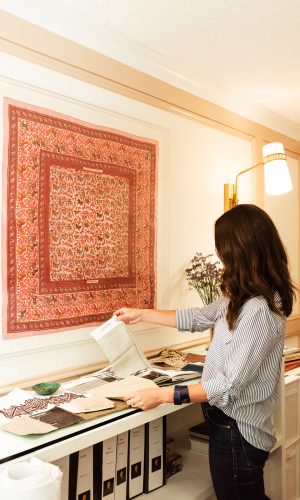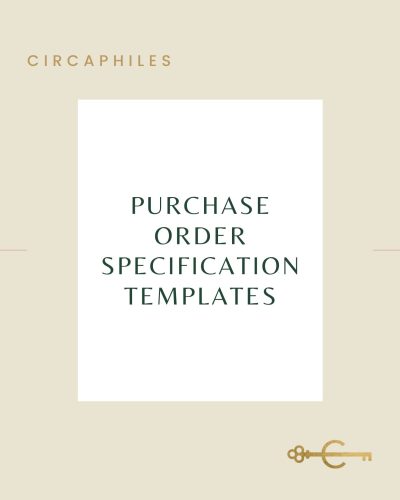In the world of interior design, creativity knows no bounds. Yet, amid the tapestries of textiles and symphonies of colors, there exists a less glamorous but equally vital facet of the profession: financial management. *cue suspenseful music*. Understanding the importance of maintaining accurate and well-organized records is not just a financial necessity; it’s a cornerstone of a thriving design business. Let’s take the fear out of mastering this challenging side of your design business!
In this blog post, we embark on a journey to illuminate the path toward financial clarity for interior designers. We’ll explore the art of organizing and streamlining your financial documentation, offering invaluable insights, practical tips, and best practices that will not only simplify tax season but also help you gain a clearer perspective on the financial health of your design endeavors.




